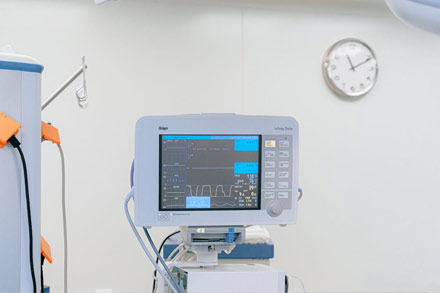 The Ask:
The Ask:
A global pharmaceutical company wanted to develop a QMS narrative document to outline the vision for a business-oriented quality management system, that actively supports the competitiveness of a modern pharmaceutical company in a rapidly changing healthcare environment and which would maintain regulatory compliance in all markets. Explic8 was asked to develop solutions to the following questions:
- How do we create a rapid transition from traditional pharma product development to innovative and integrated healthcare solutions with expertise, processes and governance structures which are ideally suited to support complex projects?
- What are the implications for leadership, structure, governance, and team composition to build mutual understanding and effective execution?
Results and Benefits
The novel QMS framework that was developed is characterized by two key statements:
- The QMS contains three axes – People, Process, and Programs and provides a clear and stable structure, and the realignment and optimization of Teams, Plans, and Roles within it creates a dynamic environment that is agile and governable;
- The emphasis on Teams, Plans, and Roles allows the execution of programs of all degrees of complexity and innovation, each with its own ‘sweet spot’ in the framework, to supporting maximum agility without being at risk of leaving the protective boundaries of the QMS.
The stakeholders agreed that the framework is a viable Transformation Framework for a successful PD transformation, to achieve the client’s vision.
Challenges:
- The company produces pharmaceutical products, delivery devices, diagnostic services and Patient Health Care devices;
- Each of these is governed by different sets of regulations and ICH guidelines;
- It is extremely difficult to embrace all of these governance structures into one QMS;
- The senior stakeholders were in disagreement over the structure that the new QMS should take;
- There were serious concerns about:
- the governance of such a complex model;
- whether innovative development projects could remain compliant within the QMS; and
- The company’s capability to adapt to the change.
Implications
- Risk of non-compliance
- Threat to market position if the transformation is not successful.
Objectives
- Develop a novel QMS approach that is agile, governable and supports the successful execution of innovative projects, whilst providing a stable framework that ensures the protective boundaries of a QMS would not be exceeded.
The Approach:
The project was proposed as a four-week effort by an Explic8 senior consultant and a QMS consultant over a six-week period, with the following four phases:
- Preparation phase: where Explic8 understands the context of the QMS narrative effort and prepares 5-10 key stakeholders for their role in the project;
- Interview phase: where Explic8 engages said stakeholders to understand their requirements, expectations and potential concerns about the business-oriented quality management approach that should be reflected in the QMS narrative;
- Analysis and consensus phase: where Explic8 summarises and characterises the superset of requirements, expectations and concerns and drives consensus in the stakeholder group;
- Closing phase: where Explic8 redrafts the QMS narrative based on achieved consensus for adoption with final review, adoption by the stakeholder group and collective closeout meeting.

 The Ask:
The Ask: The Ask:
The Ask: The Ask:
The Ask:
